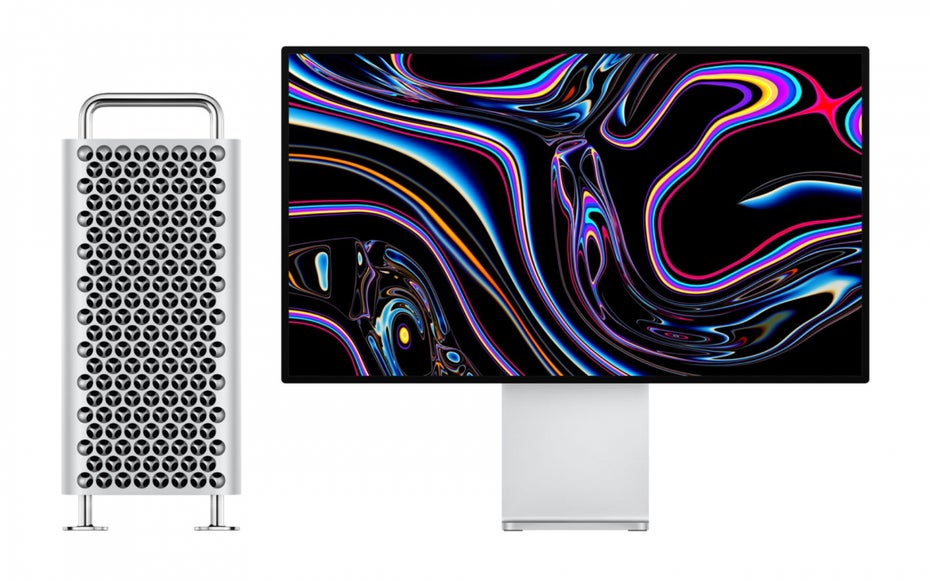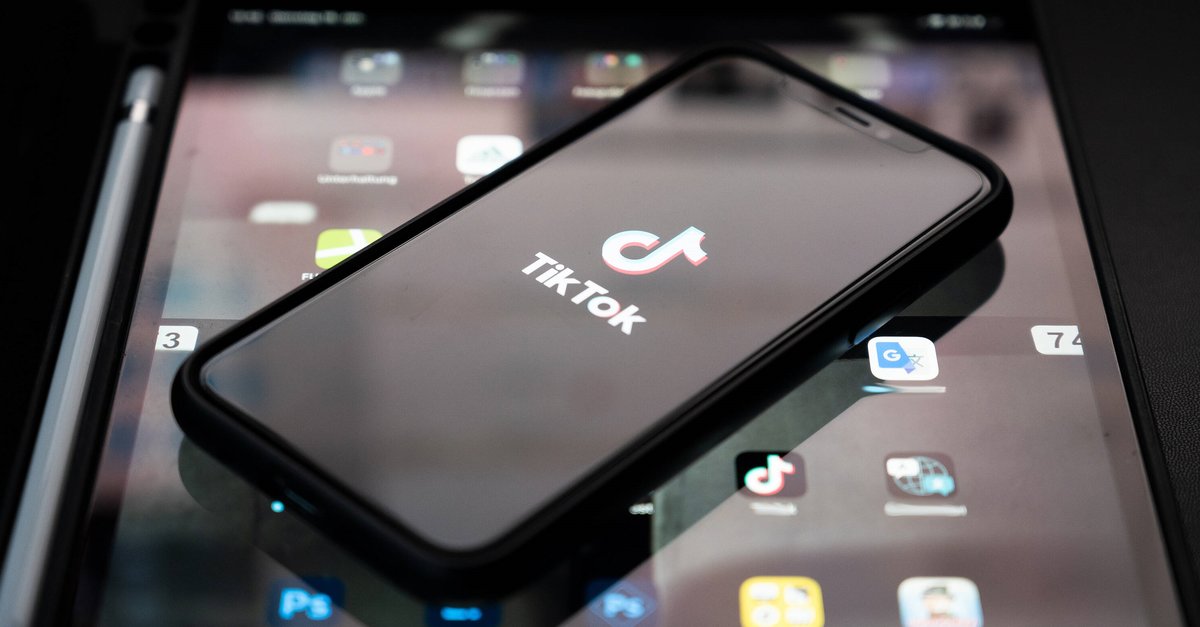What to expect from Apple in 2023
With updates to the Macbook Pro (test), the Mac Mini (test), and the return of the big Homepod (test), Apple released new products in January for the first time in a decade. In recent years, the manufacturer only kicked off the year for new product launches with its spring event in March or April.
Contents
- 1 Reality Pro: Apple’s MR headset in focus for 2023
- 2 Highlight for the second half of 2023: iPhone 15 with USB-C
- 3 Apple Watch Series 9: Tendentially only facelift
- 4 Small updates for iPads – new iPad Pros with redesign probably not until 2024
- 5 With 15-inch display: Larger Macbook Air with M3 in the pipeline
- 6 New iMac 24 inch and M3
- 7 New Apple M3 chips will probably appear in mid-2023
- 8 High-end computer: Mac Pro with a new chip in an old shell
- 9 Software: iOS 17 probably with fewer features – focus on rXOS
Reality Pro: Apple’s MR headset in focus for 2023
This year, Apple could save space to unveil its first new product category since the Apple Watch: the AR/VR headset, which trademark filings could potentially be dubbed Reality One or Reality Pro. Other sources speculate more with the presentation of the WDC 2023, which will traditionally take place in June.
This is what Apple’s first AR/VR headset could look like. (Picture: RendersbyIan)
Latest indications strongly suggest that Apple’s reality headset will be announced within the first half of the year, with a possible launch later this fall. In this way, developers would have time to adapt their applications for AR/VR with the tools expected to be provided by Apple.
The first MR headset will come with high-resolution displays, more than ten cameras, sensors to determine the user’s viewing angle and an M2 processor with computing power on a Mac level. In addition, special chips for processing AR and VR content are on board.
There is also talk of a “hip battery” and a digital crown that can be used to switch between the virtual and real worlds. With a presumed price of 3,000 US dollars, the first headset should not be particularly cheap. A somewhat cheaper model is expected in 2024, which could cost “only” half as much.
Editor’s Recommendations
While the highlights of the first half of the year are likely to be the MR headset and attention to the new products will last at least into the second half of the year, further attention is being paid to the iPhone 15 family.

The always-on display will probably remain a pro feature, but the Dynamic Island should also land on the basic models with the iPhone 15. (Photo: t3n)
Nothing is expected to change in terms of display sizes, so that the basic and Pro models will each come with 6.1 and 6.7 inch screens. The “Dynamic Island” introduced with the iPhone 14 Pro (test) will probably extend to all four models.
The next-generation Pro variants will also be equipped with titanium frames and no longer with stainless steel frames and will receive a more powerful telephoto zoom camera, which should deliver a larger optical zoom. In addition, the Pro’s haptic volume buttons are to be exchanged for Taptic engines.
It is also assumed that the iPhone 15 models will be the first iPhones without a Lightning port. Apple will be using USB-C ports this year, they say.
Editor’s Recommendations

The Apple Watch Series 9 should be similar to the Series 8. (Photo: t3n)
As in 2022 with the Apple Watch Series 8 (test), rather restrained upgrades are expected for the Series 9. Among other things, we can assume a new processor that could possibly use a more up-to-date architecture in contrast to the S6 to S8 generations. In addition to higher performance, this should have a positive effect on the runtime.
The Ultra model introduced in 2022 should behave similarly. A larger jump is not expected until 2024. Then, in addition to new sensors, new display technology and a larger screen diagonal could also move in.
Editor’s Recommendations

With the 10th generation Apple iPad, Apple refreshed the design after the Air and Mini. (Photo: t3n)
If you believe the usually well-informed Bloomberg reporter Mark Gurman, Apple’s other hardware and software portfolio is likely to be affected this year by the new product category. With regard to new iPads and Macbooks, there should only be minor updates in the form of new chips. The long-awaited retreaded iPad Pro with Magsafe on the back and OLED display could be pushed back to 2024.
Large redesigns of the iPad Air and Mini or the budget iPad only took place in the year before last and last year, so that the models receive a maximum of new processors.
Editor’s Recommendations
Reports have been circulating since early 2022 about the launch of a larger MacBook Air that Apple could place alongside its 13.6-inch Air model. The larger version should be equipped with a 15-inch screen.

Apple’s redesigned MacBook Air could be set aside for a larger model this year. (Photo: t3n)
In terms of design, the larger model should be based on the MacBook Air with M2 chip (test), which was only redesigned in 2022, and thus come with a notch for the webcam. It is possible that Apple will only announce the new Air in the course of the second half of the year and will also upgrade the 13.6-inch model to a new M3 chip generation.
Meanwhile, the rumors about a 12-inch MacBook should remain rumours. Apple is not working on such a product, is it[called.
Editor’s Recommendations

The next iMac with M3 chip should appear like the current model in many bright colors. (Image: Apple)
The iMac with a 24-inch display presented in April 2021 could also get a little attention this year: According to Gurman, Apple could update the all-in-one computer in the second half of the year. As with the Macbook Air with a 13-inch display, there may only be one processor upgrade to the M3 family. Everything else stays the same. There is no talk of a larger iMac 27 inches or more.
Speaking of the M3: Gurman assumes that the first M3 chip variants could be introduced as early as this year. According to information from The Information portal, the new chip generation enables CPUs with up to 40 cores, although the first versions are likely to have fewer cores.
The M2 Max chip should soon have a bigger brother. From the end of 2023, the first M3 processor could come. (Image: Apple)
For comparison: Apple’s current top chip M1 Ultra has 20 CPU cores. An M3 Ultra, or whatever Apple will call the chip, should bring another massive increase in performance while maintaining low power consumption.
It is questionable whether Apple will also launch an Ultra chip for its M2 generation, which is likely to be used in an update of the Mac Studio or the expected Mac Pro. According to Mark Gurman Among other things, an iMac and an update of the Macbook Air are to be equipped with the new generation of chips.
The last Apple computer with an Intel processor in the portfolio, the Mac Pro, will also be placed on its own chip platform this year. Contrary to previous speculation, the group will probably not equip the computer with an “M2 Extreme” chip, which consists of 48 CPU cores and 152 graphics cores.

Apple’s 2023 Mac Pro is said to be housed in the 2019 Mac Pro. (Image: Apple)
Instead, the strongest chip should be an M2 Ultra chip, which should have up to 24 CPU cores and 76 graphics cores on board and can support up to 192 gigabytes of RAM.
As far as the previous expandability of the 2019 Mac Pro with an Intel processor is concerned, there will be more restrictions: In the future, users will probably only be able to expand the SSD memory itself, for which two slots are said to be available.
When it comes to RAM, owners of a Mac Pro with an Apple silicon chip would have to decide when they bought it, since the RAM should be firmly soldered to the motherboard of the M2 chip. According to Gurman, components such as graphics, media and network cards should still be interchangeable.
According to Gurman, there shouldn’t be any design changes: the next Mac Pro should look the same as the 2019 model.
Editor’s Recommendations
The software could behave similarly to the hardware side: Apple’s focus is largely on the MR headset and the development of the new operating system rxOS (or realityOS) together with the development of its own ecosystem.
Fewer new features are expected for iOS 17 and iPadOS 17, the next major software updates for iPhones and iPads, at WWDC 2023 in June, as the developer power should be on rxOS. The same applies to macOS 14, codenamed Sunburst.
With the update to iOS 17, however, Apple could react to the EU’s Digital Markets Act and introduce support for alternative app stores and sideloading. However, this feature is only expected for the European market.
On the other hand, iOS and iPadOS are predicted to open up to alternative browser engines. Chrome, Safari and other browsers would no longer have to rely exclusively on Apple’s own Webkit engine.


